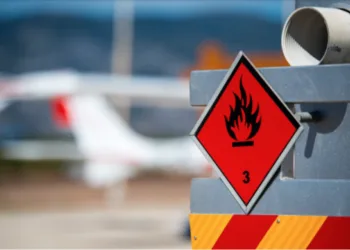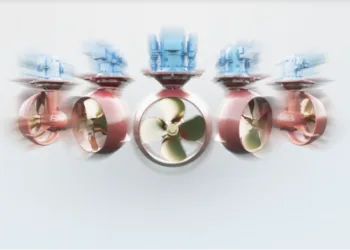Danish firm DecarbonICE is looking to develop a full CO2 transport value chain with the gas in solid form, otherwise known as dry ice.
The company wants to show the benefits of this kind of transfer compared to transporting CO2 in liquid form in pressurised cryogenic tanks.
Dry ice would be transported in pellet form in standard 20 ft containers with extra insulation but without active cooling. The transport takes place at atmospheric pressure and a temperature of 78.5°C below zero. That means the CO2 would be transported just like LNG, at atmospheric pressure and low temperature.
DecarbonICE recently transported dry ice at sea in a container from Århus in Denmark to Reykjavik in Iceland. The container was first transported by truck for 100 km from the dry ice loading site to the Port of Århus. The truck-to-ship transfer was done at the port without any intermediate storage needs.
The transport of the container was done by Eimskip’s 2020-built, 2,150 teu Bruarfoss containership. Each DecarbonICE container can carry 20 tons of dry ice, and the transport loss of CO2 due to sublimation was measured at 0.3% per day.
DecarbonICE claims that the cost of its container is 15-20 times lower than that of a tank containing the same amount of liquid CO2, and the cost of a container ship with containers for transport of 20.000 tonnes of CO2 is 60% lower than the similar cost for an LCO2 tanker.
Intermodal shifts are straightforward between transport by truck, ship, train, or barge, and without a need for extensive safety zones. The dry ice containers can be mixed with other containers during loading and unloading.
Additional capex and opex are needed to transform captured and liquefied CO2 into dry ice, and back into liquid or gas form. The company said that those costs are fully recovered by lower costs for the transport system, including the maritime leg.
DecarbonICE now continues the commercialisation of its solution, starting with a smaller project of transporting CO2 captured from a biogas plant.






















